The 12 Best Foods Born in Philly
Forget the Declaration of Independence — Philadelphia is the birthplace of Butter Krak Eggs!
It may seem as though Philly blossomed into a culinary wonderland just in the past few years. The truth, though, is that our food history is as venerable and deep as our history of losing at sports. Since before America was born, local gastronomic geniuses have been dreaming up enticing delights. Here are 12 oldies-and-goodies that have endured.
Pepper Pot Soup (243 years old)
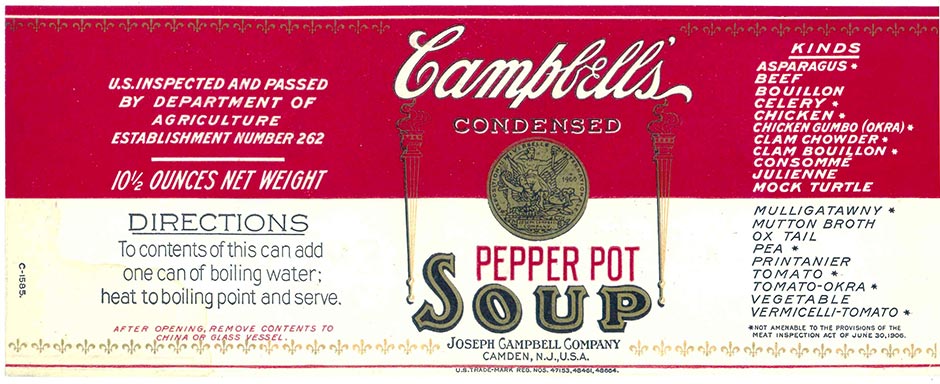
Circa 1914 Pepper Pot Soup label courtesy of Campbell’s
According to legend, this entrail soup — the main ingredient is tripe, a.k.a. a cow’s stomach chambers — was born of necessity when Washington’s army was holed up for that dreadful winter at Valley Forge and local farmers sold their produce to the British rather than take payment in the devalued Continental currency. The soldiers must have remembered the soup made from scrounged ingredients fondly, as it became a local specialty. Campbell’s Soup offered a version for years, though it’s now discontinued. You can still buy a seafood-based Bookbinder’s canned version, though.
Sweetzel’s Spiced Wafers (more than 100 years old)
As cookies, they’re kind of a failure. (No one would rather have a spiced wafer than an Oreo, or even a vanilla wafer.) But as a seasonal specialty, the orange boxes of molasses-and-spice goodies are always welcome when they come round. They make a nice, out-of-the-ordinary ice-cream sandwich when filled with Breyers butter almond or vanilla. (See below.) And their festive offspring, the Spiced Mini Cremes, are to die for.
Taylor Pork Roll (163 years old)

Photo by Austin Murphy. Licensed under CC BY-SA 3.0 via Wikimedia Commons.
Developed way back in 1856 by a Trenton butcher named John Taylor (duh), this porky product was sold as “Taylor Ham” until it fell outside ham standards set by the Pure Food and Drug Act of 1906. Rebilled as Taylor Pork Roll, it outlived a host of competitors and can still be bought wrapped in cotton bags. (A “Jersey breakfast” is Taylor Pork Roll, an egg and cheese on a kaiser roll.) Trenton got around to debuting an annual Pork Roll Festival in 2014. You should eat more Taylor Pork Roll.
The soft pretzel (umm … )
Okay, we didn’t invent the pretzel. (That honor probably goes to a nameless Italian monk who meant the shape to mimic hands folded in prayer.) But we laid claim to this doughy, salty Pennsylvania Dutch version centuries ago, and made it forever part of our city’s lore. Pennsylvania produces 80 percent of America’s pretzels — and Philadelphians consume 12 times the national average annually. Starchy!
The hoagie (100 years old?)
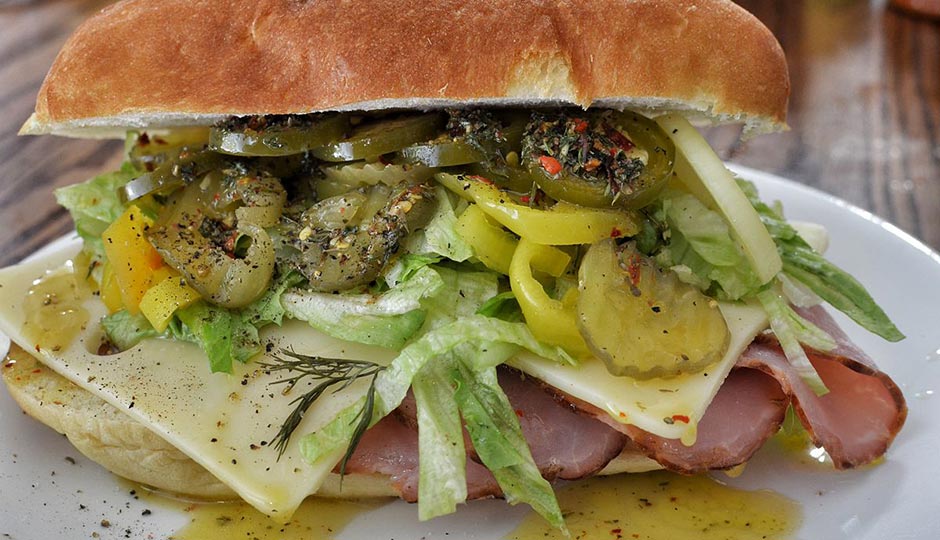
“Ham and Swiss hoagie” by jeffreyw. Licensed under CC BY 2.0 via Wikimedia Commons.
The origins of this one are a little foggy, too, but we’ll accept the common wisdom that Italian workers at South Philly’s Hog Island shipyard during World War I first concocted this compendium of bread, cheese and meat, known as a Hog Island sandwich, then as a Hoggie, now as a hoagie. Let other cities celebrate grinders, heroes, zeps or po’boys; we’ll always have Hoagiefest.
Frank’s Black Cherry Wishniak soda (about 70 years old)
The Frank’s Soda Company, founded in South Philly in 1895, was once the largest privately owned soft-drink bottler in the country. (“Is it’s Frank’s? Thanks!”) House flavors included a killer cream and a great grape. But it was the fruity, red-velvet-colored Black Cherry Wisniak, named for a Polish black cherry liqueur and invented in the 1950s, that natives most lusted after. It’s made in Baltimore today — Frank’s was sold to C&C in 1990 — and you can buy a case of it for $83.75.
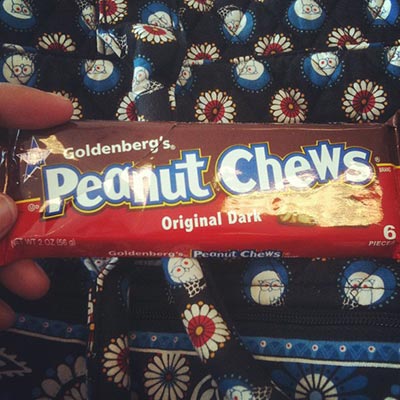
Photo by Malizza via Flickr.
Goldenberg’s Peanut Chews (102 years old)
These chewy, gooey, peanutty delights were invented to serve as high-energy, high-protein rations for U.S. troops during World War I. No wonder we won. Tell your vegan friends: The original recipe (there’s also a — horrors — milk chocolate version) contains no milk or eggs and is on PETA’s “Accidentally Vegan Foods” list. Today the brand is owned by Bethlehem-based Just Born, which made a delusional stab at taking the candy nationwide a decade and a half ago. Ha. Now they’re back to doin’ it old-school.
Tastykakes (105 years old)
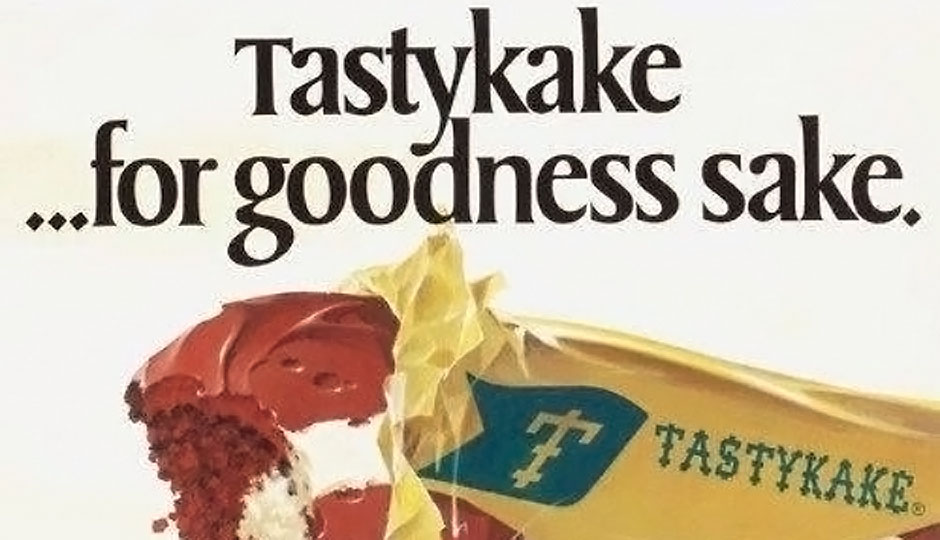
The Tasty Baking Company, originally based in Germantown, first introduced individually sized and wrapped snack cakes to circumvent the common but unhygenic practice of bakers slicing up larger cakes in their shops. The founders emphasized the use of fresh local ingredients (everything old is new again) and sold their white, yellow, chocolate, molasses and sponge cakes for 10 cents apiece. Four years after their 1914 start, they were raking in a million bucks a year. The Chocolate Junior dates back to 1917, the Krimpet to 1927, and the Tandy Kake (the most popular treat, later renamed the Kandy Kake) to 1931; until the 1940s, the cakes were delivered to grocers by horse-drawn wagon. Remember, nobody bakes …
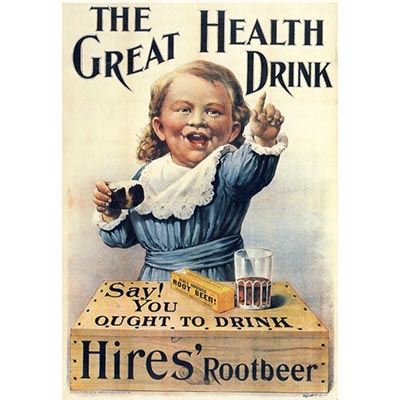
Photo | Dan Century via Flickr.
Hires Root Beer (143 years old)
Philly pharmacist Charles Elmer Hires introduced his version of the Colonial-era beverage at the 1876 Centennial Exhibition, giving away free sips to entice visitors to buy his brew-it-yourself concentrate of 16 wild roots and berries. A liquid concentrate offered in 1886 simplified DIY home production, and a commercial syrup made the drink popular at soda fountains. The finished product was originally sold in kegs and then in individual bottles. During Prohibition, Hires marketed his root beer as “the Temperance Drink” after a laboratory certified that it contained less alcohol than a loaf of bread. The Hires family sold the company in 1960, and the brand has been through a number of hands since. It can be hard to find in stores but is available online.
Breyers Ice Cream (153 years old)
Philly’s William F. Breyer first sold his hand-cranked “iced creams” out of his home in 1866; his son Harry incorporated the business in 1908. (Harry’s mansion is now the Cheltenham Township Municipal Building.) By 1918, Breyers was producing a million gallons of ice cream a year. The brand, owned by Kraft for many decades, was sold to Unilever in 1993. Though Breyers was long renowned for not using chemicals or additives — its vanilla ice cream once contained only vanilla, sugar, milk and cream — most flavors now contain additives like guar gum and tara gum, and many are labeled “Frozen Dairy Dessert” rather than “ice cream” because of FDA rules about butterfat content. Sigh.
Good & Plenty (126 years old)
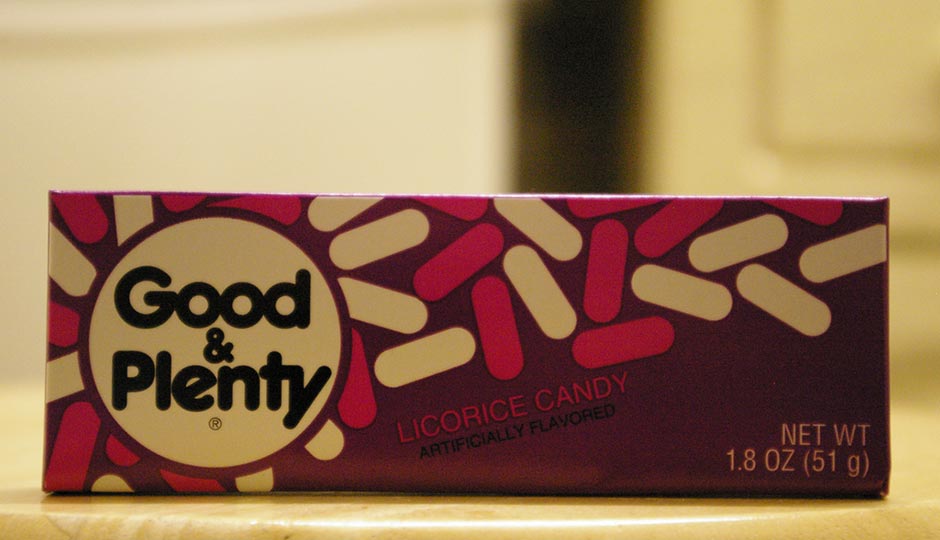
Photo | Ged Carroll via Flickr
These pink and white licorice pastilles were introduced by the Quaker City Confectionery Company in 1893. People either like black licorice — made from the root of a European perennial plant — or they don’t. We do. Flavored with molasses and anise oil as well as licorice extract, Good & Plenty are pretty healthy for a candy — fat-free, with just 130 calories in a 33-piece serving. You might want to be aware, though, that the pink color comes from the crushed bodies of a scale insect, the cochineal. And you can’t really use Good & Plenty to make your train run.
Zitner’s Butter Krak Eggs (about 85 years old)

Photos via Zitner’s Facebook
Zitner’s is another iconic Philly mom-and-pop; in 1920, Sam and Annie Zitner began selling homemade Easter candy out of their North Philly house. The chocolate-coated eggs are only available for a few weeks a year (sold in way-back cardboard boxes on the counters of Wawas and such), which makes them all the more beloved. While the buttercream and double coconut flavors have their proponents, the Butter Krak (that name!) are the best of the bunch. Invented by Annie in the 1930s, they incorporate dark chocolate, buttercream, coconut and toasted coconut. Attorney Evan Prochniak bought the company in 2010, the latest in a line of dreamers trying to keep a tiny local brand alive. God bless Mr. Prochniak.
Follow @SandyHingston on Twitter.


